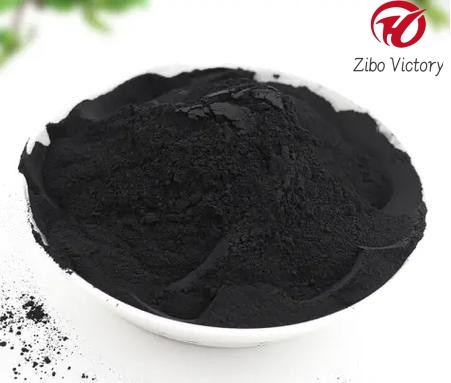If you want to purify water, why use activated carbon?

Activated carbon is utilized in water purification due to its exceptional adsorption properties, which stem from its highly porous structure and large surface area. Here's a structured breakdown of its role and effectiveness:
Adsorption Mechanism:
Activated carbon's extensive network of micro-pores provides a vast surface area (typically 500-1,500 m²/g), enabling it to trap contaminants via physical adsorption and chemical bonding. This effectively removes organic compounds, chlorine, and volatile organic compounds (VOCs).
Contaminant Removal:
Chlorine and Byproducts: Neutralizes chlorine through chemical reactions, improving taste and odor.
Organic Compounds: Adsorbs pesticides, herbicides, and synthetic chemicals.
Aesthetic Qualities: Eliminates compounds causing unpleasant tastes and odors, such as geosmin or methylisoborneol.
Limitations:
Heavy Metals: Limited effectiveness unless specially treated (e.g., impregnated with chelating agents).
Microorganisms: Does not remove bacteria, viruses, or dissolved inorganic salts (e.g., nitrates, fluorides).
Capacity: Filters require replacement once saturated, as exhausted carbon can leach trapped contaminants.
Synergy with Other Methods:
Often paired with UV treatment, reverse osmosis, or ion exchange to address pathogens, heavy metals, and inorganic contaminants.
Material and Activation:
Derived from sources like coconut shells or coal, activated via thermal or chemical processes to enhance porosity.



 Send Email
Send Email +8613325203316
+8613325203316